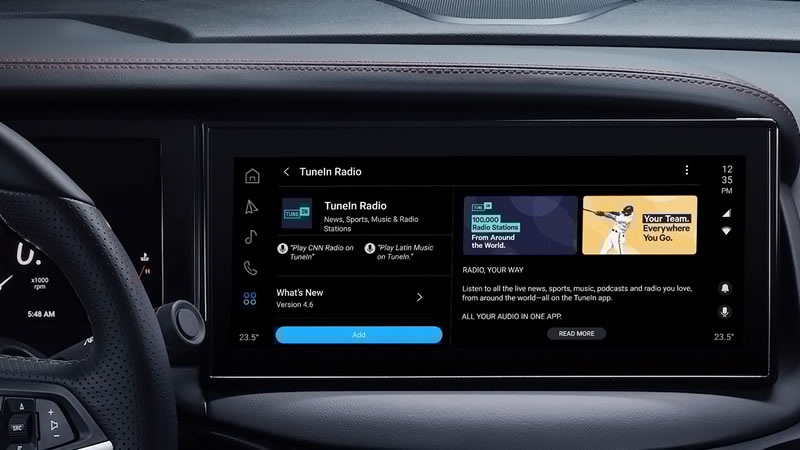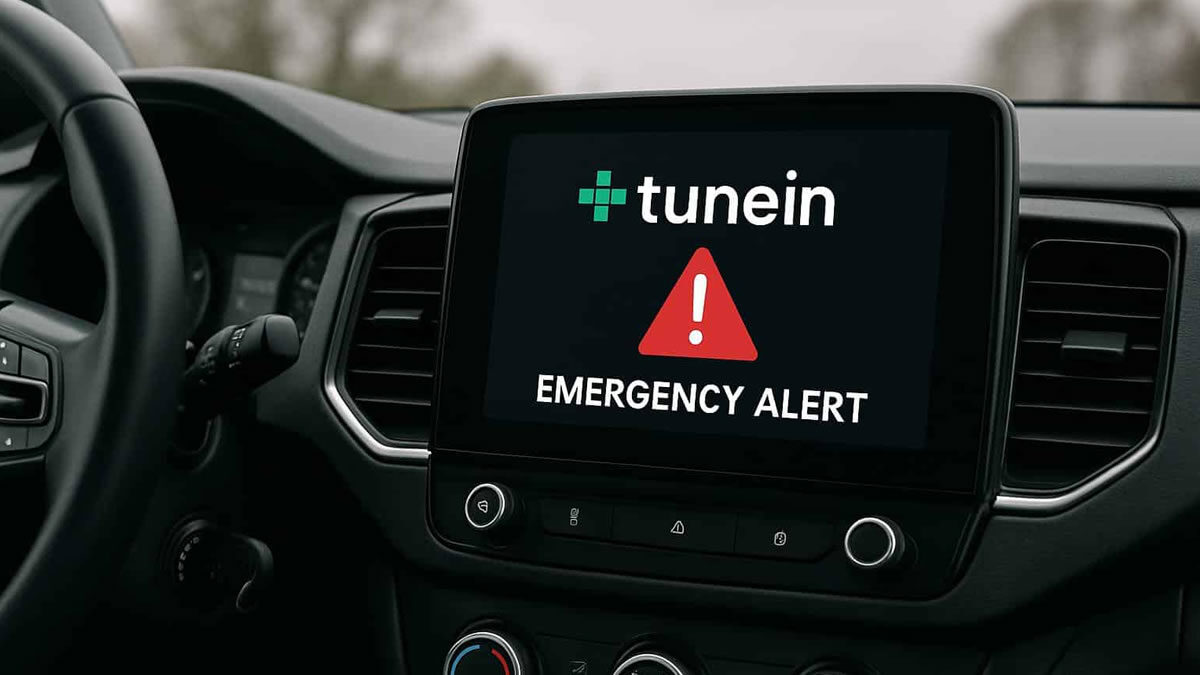Audio streaming platform TuneIn revealed on Thursday a collaboration with the Federal Emergency Management Agency (FEMA) to supply urgent alerts directly to motorists. TuneIn is presently compatible with the Integrated Public Alert and Warning System (IPAWS), FEMA’s national framework that distributes authenticated regional notifications and essential safety details to citizens.
Stay up to date with the latest technology in TheTechCrunch.info, which covers artificial intelligence, mobile and web apps, modern things, cyber security, and general technical news. From AI’s successes to chat and generative tools, such as smartphones, laptops, and wearables’ special reviews, TheTechCrunch gives an insight into this case.
Through this connection, motorists in impacted geographic regions will obtain real-time notices from municipal, state, tribal, and federal bodies, including cautions about severe weather, natural disasters, and other pressing hazards.
The notifications are ranked by seriousness. For example, minor dangers trigger short advisories, whereas more grave scenarios interrupt the broadcast with both spoken and visual notices. The platform will aid motorists whose automobiles are fitted with TuneIn connectivity from numerous carmakers, including Rivian, Lucid, Tesla, Sony, Honda Mobility, Jaguar, Land Rover, Mercedes, and Volvo, among others.
FEMA Workforce Challenges Raise Questions
Yet this collaboration with TuneIn emerges amid a phase of unpredictability about FEMA’s trajectory under the Trump administration. The agency has endured recent staff reductions and resignations that have sparked doubts about its capacity to competently handle disasters ahead.

According to the Government Accountability Office (GAO), roughly 2,500 personnel departed FEMA between January 25 and June 1 this year, including several top administrators. With FEMA’s workforce presently overextended, some analysts fear whether the agency can efficiently oversee and distribute precise data through novel systems such as the TuneIn collaboration.
Homeland Security Secretary Kristi Noem Comments
Homeland Security Secretary Kristi Noem stated in August that FEMA has become increasingly agile since executing organizational adjustments. She wrote that by trimming redundant contracts, abolishing unnecessary positions, and giving employees the chance to depart if they desire.
The Department of Homeland Security has reduced bureaucratic excess. Since carrying out these improvements, FEMA has become more responsive, deploying personnel on-site and approving grants nearly twice as quickly as earlier administrations did, wrote Noem.
Broader Impact On Road Safety
This initiative between TuneIn and FEMA is more than a technical integration. By assertive confirmed information straight to drivers’ consoles and speakers, the system can dramatically decrease the time it takes for drivers to learn about dangers on their routes. Early notices can allow drivers to alter course, slow down, or find safe housing before implosion therapy, fires, tornadoes, or dangerous road circumstances.
In high-traffic corridors, this type of active material can also lessen the number of smashes during a sudden emergency. Car forecasters note that the built-in delivery of dependable notices in the documentary system can become a manufacturing norm, just as seat belts and airbags once did.
Strengthening Public Trust Through Transparency
Another main aspect of the partnership involves public trust. In recent years, incorrect information during disasters has created confusion and anxiety, especially on social media. By anchoring information through IPAWS and TuneIn platforms, drivers receive messages only from authorized local, state, and federal sources.
This openness strengthens the certainty that the information is exact and timely. FEMA officials have said that plummeting false alarms and inconsistent messages can improve withdrawal compliance and save lives during major tragedies.
Technology Integration And Future Expansion
The collaboration also indicates a wider trend in connected vehicle technology. Car manufacturers are racing to offer more cloud-based functions, and emergency communication is a natural fit. Industry advisors believe that when the system first proves the efficiency of current partner brands, other car manufacturers may become involved.

Developers are looking for ways to integrate multilingual alerts, geotargeted notifications, and navigation apps so that drivers can immediately see alternative safe paths. Over time, the same substructure can support public health alerts or major substructure disappointments.
Challenges And Opportunities Ahead
Despite its promise, the system will face challenges. Some older vehicles lack the hardware required to obtain TuneIn updates, which can leave a segment of drivers without access to these lifesaving notifications. Privacy advocates also encourage FEMA and TuneIn to clearly explain how data from drivers’ locations is stored and preserved.
Nevertheless, experts trust that with clear security events and ongoing public involvement, this teamwork takes a step forward in combination with technology emergency groundwork. It shows how public agencies and private stakeholders can work together to protect inhabitants on the road and build a hardier transportation bionetwork.
Explore a complete hub for the latest apps, smart things, and security updates online, ranging from AI-operated solutions and automation tools. TheTechCrunch.info offers in-depth articles, comparisons, and specialist analysis designed to understand the rapidly changing technology. Whether you are keen on robotics, data protection, or the latest digital trends.


